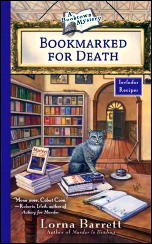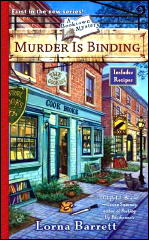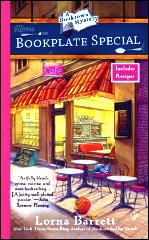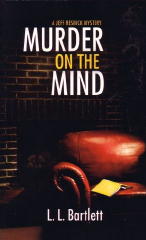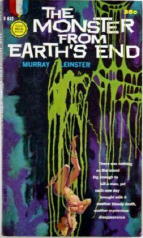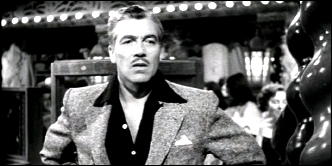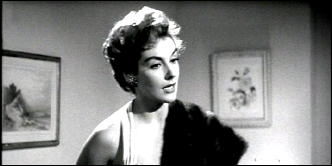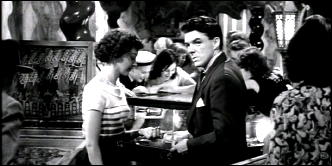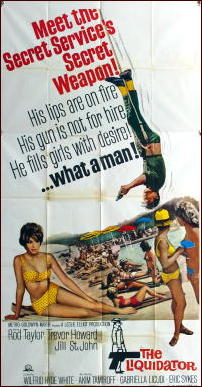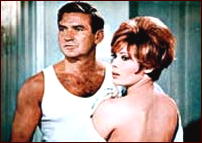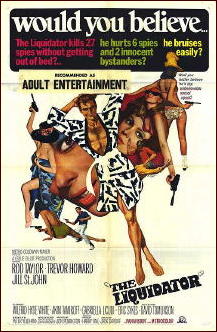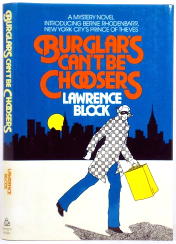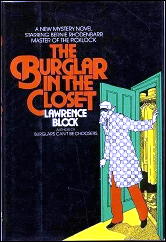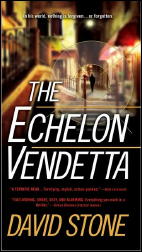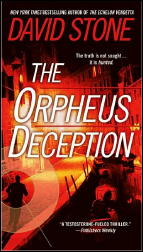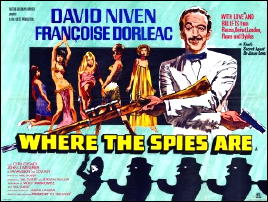Thu 27 Aug 2009
A TAD Review by Allen J. Hubin: COLLIN WILCOX – The Third Figure.
Posted by Steve under Reviews[4] Comments
COLLIN WILCOX – The Third Figure. Dodd Mead, hc, 1968. Hardcover reprint: Detective Book Club, 3-in-1 edition, August 1968.
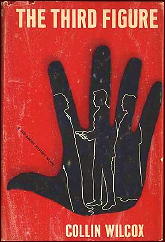
Clairvoyance, says the dictionary, is the ability attributed to some of being able to see the unseeable. I suspect a good many of the investigators who have practiced down through the history of detective fiction might justly have been accused of solving by clairvoyance rather than deduction.
Collin Wilcox now provides us with Stephen Drake, whose investigational success is expressly attributed to occasional attacks of clairvoyance.
Drake, a newspaper reporter appearing in his second book, is approached by the estranged wife of a murdered gangster (local head of “The Outfit”) with the offer of $10,000 for the solution of the crime. Drake, whose characterization must be the ultimate reaction against hardboiled detectives (he may be the first of the unboiled detectives — which is consistent with the author’s intent to create a “gentle hero”) accepts the job against his own better judgment.
His subsequent involvements with various echelons of “The Outfit” give him ample cause to regret that decision. His investigation consists of a good deal of aimless muddling about, hoping to set the stage for clairvoyance — mostly he gets paroxysms of fear — and eventually he arrives at the same solution I’d reached some 75 pages earlier.
Collin Wilcox exhibits some rough talent which future books will hopefully polish, and Stephen Drake is interesting enough to make this volume worth reading. Drake’s clairvoyance is treated well: as an inexplicable and fallible, but occasionally useful, source of insight, not as a wondrous and magical tool.
However, I found the book difficult to get involved in, the Drake characterization a little too gentle to identify with, and the plot somewhat underweight. Although Drake’s success is allegedly based on clairvoyance, his approach is more crude deduction than anything else. I suspect I would find the story of a truly clairvoyant solution to a crime intensely frustrating reading.
One further suggestion: with Collin Wilcox, Colin Wilson and Colin Watson active in the mystery field, won’t someone adopt a pseudonym?
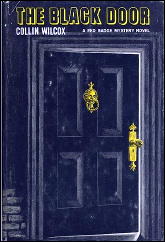
[UPDATE] 08-27-09. Al mentioned a previous appearance for Stephen Drake; that was The Black Door (Dodd Mead, 1967), but perhaps finding plausible cases for a clairvoyant detective to solve proved too great a challenge, as there was never a third.
When I was looking through the first volume of TAD this evening, I spotted this review right away. Even though it was written over 40 years ago, my immediate thought was that it ties in perfectly with the series of comments following the previous post, the discussion (pro and con) having to do with combining psychic phenomena with detective fiction.
By the way, while Collin Wilcox did write two novels under the pen name Carter Wick, most of his mysteries were written under his own name; his most commonly used series character was Sgt. (later Lt.) Frank Hastings, of the San Francisco Police Department.
